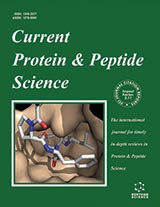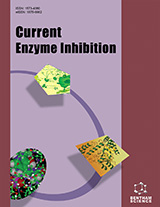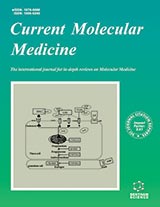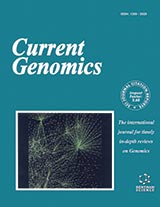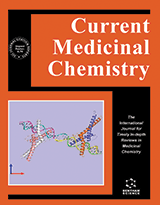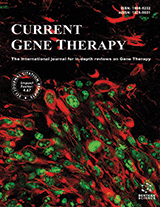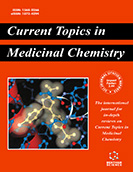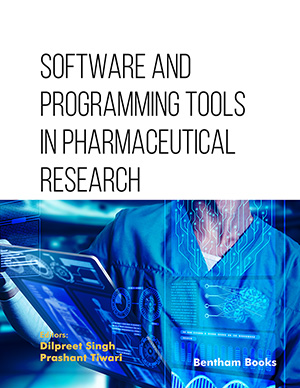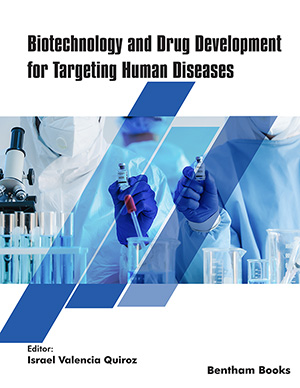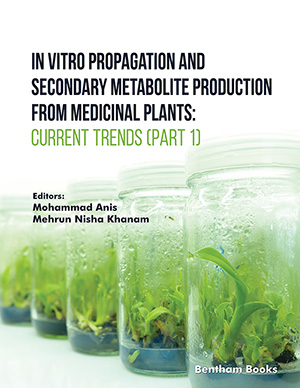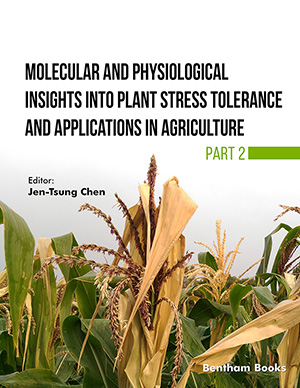Abstract
Porphyromonas gingivalis is a black-pigmented anaerobic gram-negative bacterium that is a major pathogen of chronic adult periodontitis, an inflammatory disease of toothsupporting tissues. P. gingivalis possesses a number of potential virulence factors. Among them, cell-surface-associated and secreted proteinases such as Arg-gingipain and Lys-gingipain have received much attention because they can degrade various host proteins and cause inflammation. Molecular genetic analysis is extremely powerful to evaluate the significance of each virulence factor in a pathogenic microorganism. This review will describe the introduction of molecular genetics to analysis of pathogenesis of P. gingivalis and the findings that have been obtained using knockout mutants of various potential virulence factors, especially proteinases.
Keywords: molecular genetics, porphyromonas gingivalis, gingipains, virulence factors, chronic adult periodontitis, toothsupporting tissues, arg-gingipain, lys-gingipain, proteinases
Current Protein & Peptide Science
Title: Molecular Genetics of Porphyromonas gingivalis: Gingipains and other Virulence Factors
Volume: 4 Issue: 6
Author(s): K. Nakayama
Affiliation:
Keywords: molecular genetics, porphyromonas gingivalis, gingipains, virulence factors, chronic adult periodontitis, toothsupporting tissues, arg-gingipain, lys-gingipain, proteinases
Abstract: Porphyromonas gingivalis is a black-pigmented anaerobic gram-negative bacterium that is a major pathogen of chronic adult periodontitis, an inflammatory disease of toothsupporting tissues. P. gingivalis possesses a number of potential virulence factors. Among them, cell-surface-associated and secreted proteinases such as Arg-gingipain and Lys-gingipain have received much attention because they can degrade various host proteins and cause inflammation. Molecular genetic analysis is extremely powerful to evaluate the significance of each virulence factor in a pathogenic microorganism. This review will describe the introduction of molecular genetics to analysis of pathogenesis of P. gingivalis and the findings that have been obtained using knockout mutants of various potential virulence factors, especially proteinases.
Export Options
About this article
Cite this article as:
Nakayama K., Molecular Genetics of Porphyromonas gingivalis: Gingipains and other Virulence Factors, Current Protein & Peptide Science 2003; 4 (6) . https://dx.doi.org/10.2174/1389203033486983
| DOI https://dx.doi.org/10.2174/1389203033486983 |
Print ISSN 1389-2037 |
| Publisher Name Bentham Science Publisher |
Online ISSN 1875-5550 |
Call for Papers in Thematic Issues
Advancements in Proteomic and Peptidomic Approaches in Cancer Immunotherapy: Unveiling the Immune Microenvironment
The scope of this thematic issue centers on the integration of proteomic and peptidomic technologies into the field of cancer immunotherapy, with a particular emphasis on exploring the tumor immune microenvironment. This issue aims to gather contributions that illustrate the application of these advanced methodologies in unveiling the complex interplay ...read more
Artificial Intelligence for Protein Research
Protein research, essential for understanding biological processes and creating therapeutics, faces challenges due to the intricate nature of protein structures and functions. Traditional methods are limited in exploring the vast protein sequence space efficiently. Artificial intelligence (AI) and machine learning (ML) offer promising solutions by improving predictions and speeding up ...read more
Nutrition and Metabolism in Musculoskeletal Diseases
The musculoskeletal system consists mainly of cartilage, bone, muscles, tendons, connective tissue and ligaments. Balanced metabolism is of vital importance for the homeostasis of the musculoskeletal system. A series of musculoskeletal diseases (for example, sarcopenia, osteoporosis) are resulted from the dysregulated metabolism of the musculoskeletal system. Furthermore, metabolic diseases (such ...read more
Protein Folding, Aggregation and Liquid-Liquid Phase Separation
Protein folding, misfolding and aggregation remain one of the main problems of interdisciplinary science not only because many questions are still open, but also because they are important from the point of view of practical application. Protein aggregation and formation of fibrillar structures, for example, is a hallmark of a ...read more
Related Journals
 8
8
- Author Guidelines
- Graphical Abstracts
- Fabricating and Stating False Information
- Research Misconduct
- Post Publication Discussions and Corrections
- Publishing Ethics and Rectitude
- Increase Visibility of Your Article
- Archiving Policies
- Peer Review Workflow
- Order Your Article Before Print
- Promote Your Article
- Manuscript Transfer Facility
- Editorial Policies
- Allegations from Whistleblowers
Related Articles
-
Human Vaginal Mucosa as a Model of Buccal Mucosa for In Vitro Permeability Studies: An Overview
Current Drug Delivery Osteoinductive Small Molecules: Growth Factor Alternatives for Bone Tissue Engineering
Current Pharmaceutical Design Intracellular Delivery of Nanogel-Quantum Dot Hybrid Nanoparticles into Human Periodontal Ligament Cells
Drug Metabolism Letters The Toll-Like Receptor Radical Cycle Pathway: A New Drug Target in Immune-Related Chronic Fatigue
CNS & Neurological Disorders - Drug Targets The Multi-faceted Profile of Corticotropin-releasing Factor (CRF) Family of Neuropeptides and of their Receptors on the Paracrine/Local Regulation of the Inflammatory Response
Current Molecular Pharmacology Recent Patents on Cell-based Approaches to Collagen Enrichment and Repair
Recent Patents on Regenerative Medicine Advancements in Adjuvanticity of Bioactive Inorganic and Organic Compounds
Endocrine, Metabolic & Immune Disorders - Drug Targets Bridging Oral and Systemic Health in Children with Prader-Willi Syndrome: Case Reports and Dental Treatment Recommendations
Current Pediatric Reviews New Drug Delivery Systems Based on Chitosan
Current Drug Discovery Technologies Porphyromonas gingivalis Mediated Periodontal Disease and Atherosclerosis:Disparate Diseases with Commonalities in Pathogenesis Through TLRs
Current Pharmaceutical Design Medicated Chewing Gum: Patient Compliance Oral Drug Delivery System
Drug Delivery Letters Ligament and Tendon Repair through Regeneration Using Mesenchymal Stem Cells
Current Stem Cell Research & Therapy The Effects of Non-Steroidal Anti-Inflammatory Drugs (Selective and Non-Selective) on the Treatment of Periodontal Diseases
Current Pharmaceutical Design Therapeutic Exploitation of Endogenous Anti-Inflammatory Mechanisms:Old and New Leads
Anti-Inflammatory & Anti-Allergy Agents in Medicinal Chemistry Editorial (Thematic Issue: Crosstalk Between the Nervous and the Immune Systems in Health and Sickness)
Current Pharmaceutical Design Bone Regeneration and Repair
Current Stem Cell Research & Therapy Meet the Editor-in-Chief:
The Natural Products Journal Collagenolytic Enzymes and their Applications in Biomedicine
Current Medicinal Chemistry Comparative Account of Quality Management and Regulatory Aspects of Products with Health Claims: Existing Approaches and Future Challenges for Probiotics and Herbal Products
Applied Clinical Research, Clinical Trials and Regulatory Affairs Photodynamic Therapy: The Development of New Photosensitisers
Anti-Cancer Agents in Medicinal Chemistry


